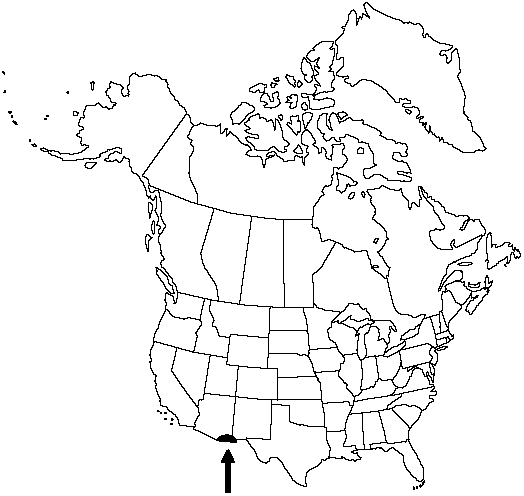Pinus engelmannii
3: 227. 1854.
Trees to 35m; trunk to 0.6m diam., straight; crown irregularly rounded, rather thin. Bark dark brown, at maturity deeply furrowed, ridges becoming yellowish, of narrow, elongate, scaly plates. Branches straight to ascending; twigs stout (1–2cm thick), pale gray-brown, aging darker brown, rough. Buds ovoid-conic, to 2cm, resinous; scale margins pale fringed. Leaves 3(–5) per fascicle, spreading-ascending, often drooping, forming a brush at twig tips, persisting 2 years, (20–)25–45cm × 2mm, dull green, all surfaces with fine stomatal lines, margins coarsely serrulate, apex conic-subulate; sheath 3–4cm, base persistent. Pollen cones cylindric, ca. 25mm, yellow to yellow-brown. Seed cones maturing in 2 years and shedding seeds soon thereafter, not persistent, terminal, sometimes curved, often asymmetric, lance-ovoid before opening, ovoid when open, 11–14cm, light dull brown, nearly sessile or short-stalked; apophyses rhombic, somewhat to quite elongate, strongly raised toward outer cone base, sometimes curved, strongly cross-keeled, narrowed to thick, curved, broadly triangular-based umbo, this often producing outcurved claw. Seeds obovoid; body ca. 8–9mm, dark brown; wing to 20mm. 2n =24.
Habitat: High and dry mountain ranges, valleys, and plateaus
Elevation: 1500–2500m
Distribution

Ariz., N.Mex., Mexico.
Discussion
In general appearance Pinus engelmannii much resembles P. palustris with its short-persistent, long leaves (but in this species drooping) and in its tendency to form a grass stage. It has a deep taproot as do P. palustris and P. ponderosa.
Selected References
None.